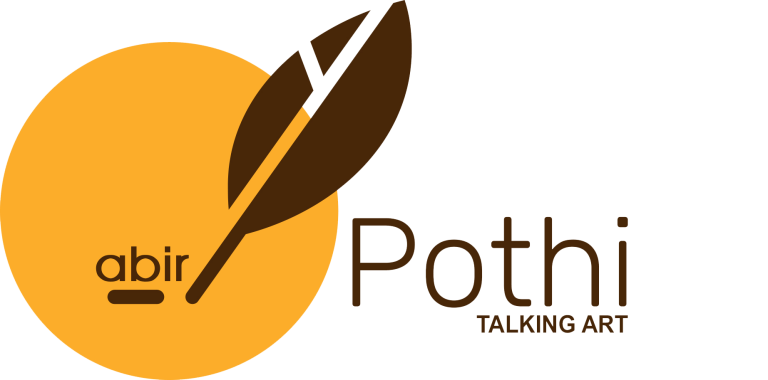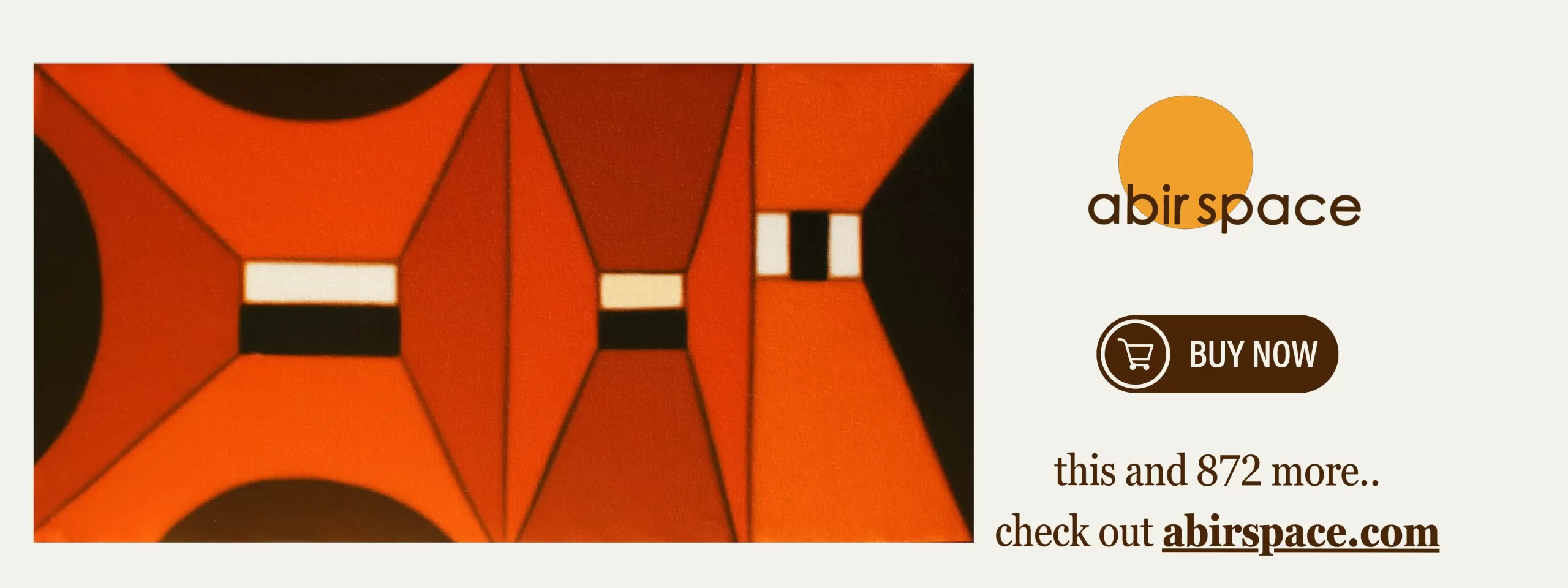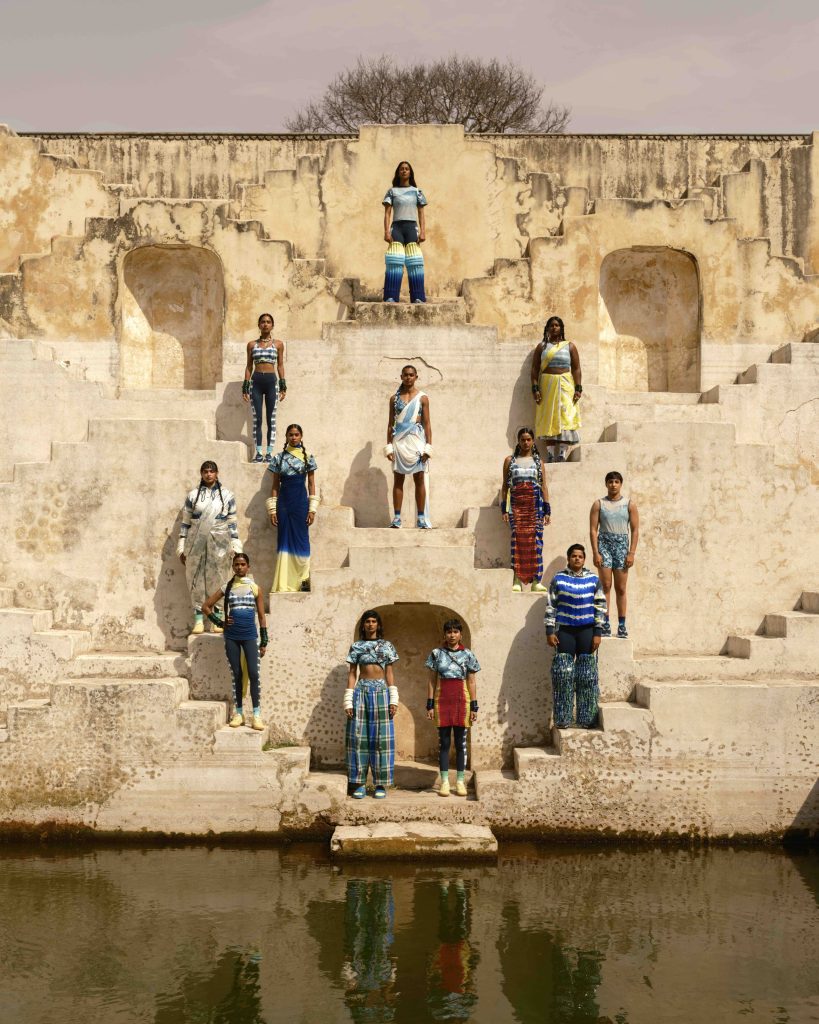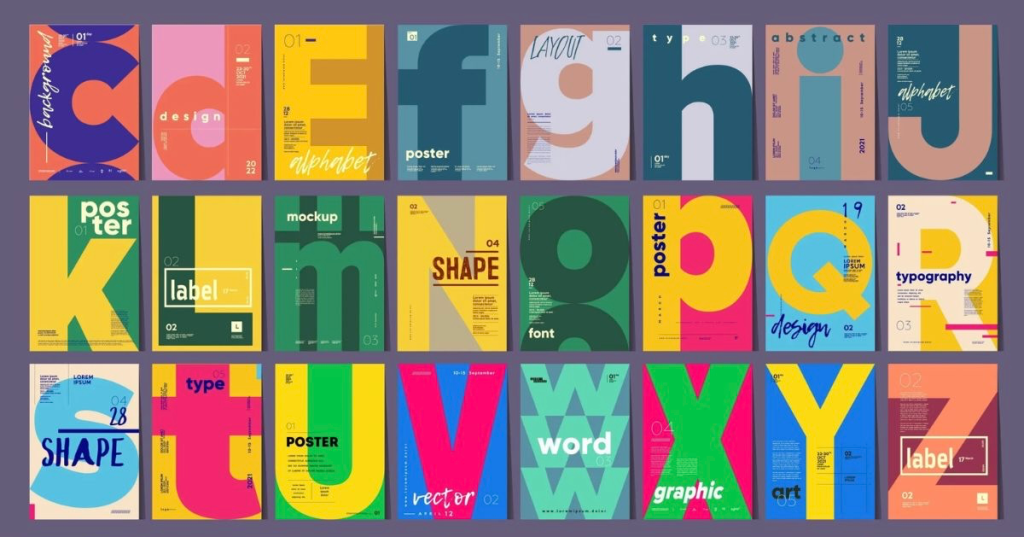Product design has emerged as one of India’s most promising career paths, with the market showing exceptional growth and lucrative opportunities. Here’s a comprehensive analysis of whether product design is worth pursuing in India.
Market Growth and Job Demand
The Indian product design market is experiencing unprecedented growth. According to Product Leadership, there has been a 67% increase in job postings from 2023 to 2024. Currently, Glassdoor lists over 9,387 product designer positions and Indeed shows 9,000+ openings across India.
The Asian Development Bank projects India’s creative economy will reach ₹2,244 crores ($2.9 billion) by 2025, driven by digital transformation and a maturing startup ecosystem.
Salary and Compensation
Product design offers competitive salaries across experience levels:
- Entry-level (0-2 years): ₹4-6 lakhs annually (Hero Vired)
- Mid-level (3-6 years): ₹8-18 lakhs annually (Fynd Academy)
- Senior level (7+ years): ₹15-35 lakhs annually (Glassdoor)
- Lead positions: ₹25-50+ lakhs annually (Upgrad)
Top cities like Bangalore offer premiums, with Glassdoor reporting ₹24+ lakhs average for senior positions.
Educational Pathways
Multiple routes exist for entering product design:
Traditional Education
- National Institute of Design (NID): India’s premier design institution offering B.Des and M.Des programs
- IIT Design Programs: Through UCEED for undergraduate and CEED for postgraduate admissions
Modern Alternatives
- Bootcamps: Coding Ninjas reports 95% placement rates
- Online Certifications: Google UX Design Certificate on Coursera provides industry-recognized credentials
- Specialized Schools: Designwings offers job guarantee programs
Industry Opportunities
The ecosystem spans diverse company types:
Indian Companies
- Fintech Leaders: Razorpay, Paytm, PhonePe driving financial product innovation
- E-commerce Giants: Flipkart, Zomato expanding design teams
- Unicorn Startups: Inc42 reports significant funding creating design demand
Global Companies
- Tech Giants: Google, Microsoft, Adobe with substantial Indian design operations
- Product Companies: Offering remote opportunities with international exposure
Key Skills Required
Essential competencies include:
- Design Tools: Figma (highest demand), Adobe Creative Suite
- Research Methods: User testing, analytics, data interpretation
- Soft Skills: Communication, empathy, business acumen
- Emerging Areas: AI integration, accessibility, design systems
Challenges to Consider
Despite opportunities, some challenges exist:
- Limited Positions: Fewer UX roles compared to software development
- Industry Maturity: Many Indian companies still developing design capabilities
- Cultural Barriers: Family pressure toward traditional careers
- Skill Gaps: Need for practical training beyond academic programs
Government Support and Future Outlook
The Government of India’s Creative Economy initiative aims to create 60,000 skilled professionals annually. NASSCOM reports increasing technology sector investment in design capabilities.
The market shows 95% of organizations prioritizing AI integration, creating new opportunities for designers with emerging technology skills.
Conclusion
Yes, product design is an excellent career choice in India. The combination of rapid market growth, competitive salaries, diverse opportunities, and government support creates favorable conditions for design professionals. While challenges exist around industry maturity and competition, the structural trends strongly favor qualified designers.
The key to success lies in:
- Developing both creative and business skills
- Building strong portfolios with process documentation
- Staying current with technology trends
- Choosing companies with mature design practices
For individuals willing to invest in continuous learning and adapt to evolving requirements, product design offers clear growth trajectories, increasingly competitive compensation, and opportunities to impact millions of users through innovative products.
The timing is particularly favorable as India transitions from a cost-effective service provider to an innovation leader, creating unprecedented opportunities for design professionals in the next decade.
Contributor





